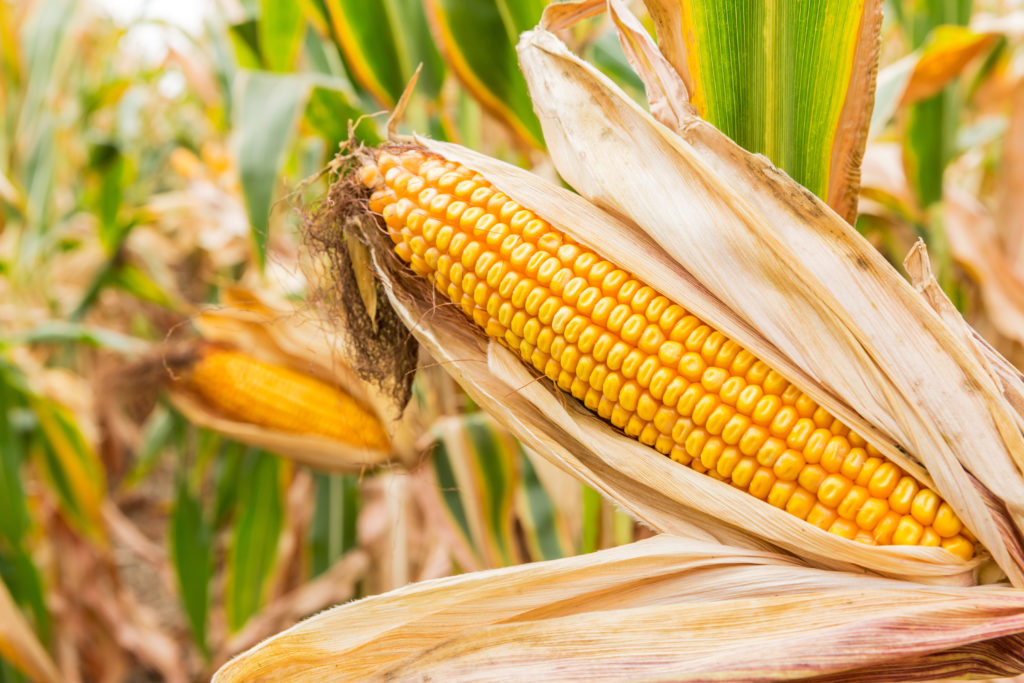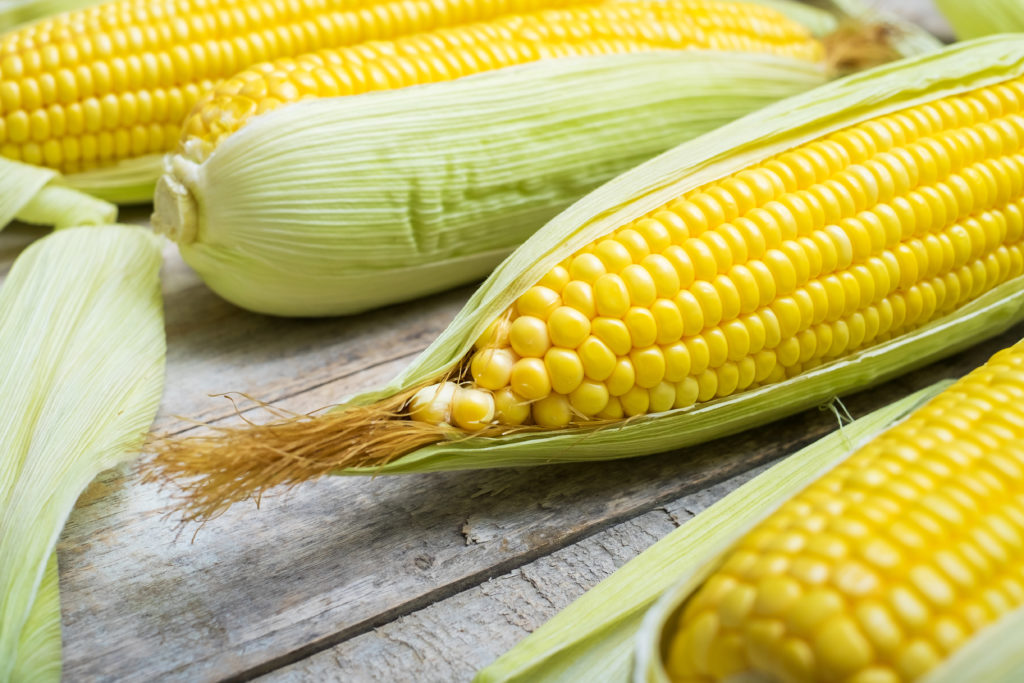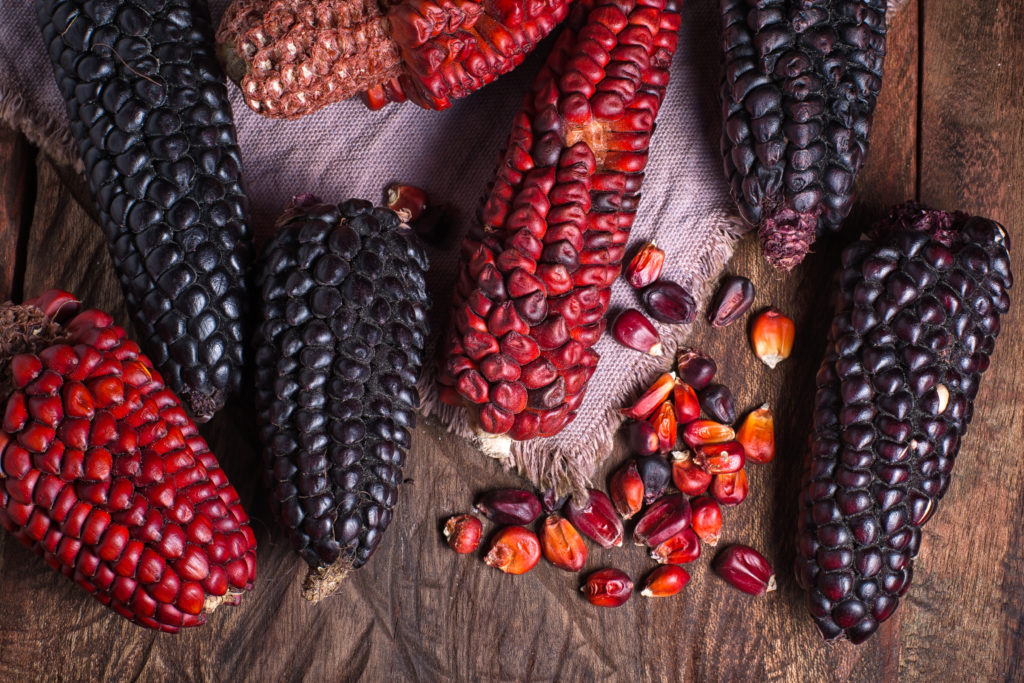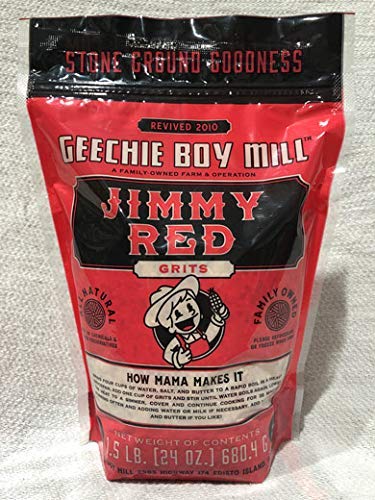Feed corn is not the same sweet corn that we eat. It is a different grain added to the difference in processing.
You can eat it but it tastes different and it has more "skin" and is tougher. If you grind it you can remove some of the unwanted stuff and add sugar to make it better tasting.It doesn't have the FDA stamp of approval.
The corn that is used for cornmeal is not sweet corn either, I believe.
When people plant sweet corn in their fields, they sometimes have people come and take some. One thing I have read about is that people who want to grow a bunch of sweet corn and not have someone come and take it without permission sometimes plant field corn in some outside rows, and plant the sweet corn further in.
https://www.wideopeneats.com/types-of-corn/
There are six types of corn kernels: flint, flour, dent, pop, sweet, and waxy. Flour corn is mostly grown in the Andean region of South America and is used to make corn flour. Waxy corn is grown in China and has a texture that is more like glutinous rice. Grab some butter and salt, and let's look at some of the different types of corn and how a few farmers are trying to keep corn diversity alive.
TYPES OF CORN
1. DENT CORN
Dent corn, which is also known as "field corn," is an easy type of corn to spot -- there's a dent in the crown of each individual kernel of corn. It has a high starch and low sugar content, which means it's not sweet and juicy like the corn you buy to eat from the grocery store or farmers market. Because it's not meant to be eaten fresh, dent corn is harvested in its mature stage when the kernels are dry and then processed.
Most dent corn grown in the U.S. winds up as animal feed, though because of its soft starch, dent corn is used as a grain in products like chips and masa (a corn flour used to make corn tortillas). Dent corn is also used to make
moonshine and
bourbon. The majority of corn grown in the U.S. is yellow dent corn, though you may also find dent corn in a range of colors.
2. SWEET CORN
Sweet corn is what you eat for dinner (or breakfast or lunch -- there's no bad time to eat fresh corn). It has a high sugar content, which is why it's desirable as a fresh corn. It's picked while immature, before the sugar has a chance to turn into starch, in what is known as the milk stage. Fresh, sweet corn is juicy; the juice, or "milk," is how you get the creaminess of cream corn.
This type of corn comes in white, yellow, and colored varieties, and at the grocery store, you're generally just going to find it labeled as "corn." You may also see super-sweet corn; this variety is sweet corn with the sugar content enhanced for a sweeter flavor.
3. FLINT CORN
Flint corn is also known as Indian corn or calico corn, and it's even harder than dent corn. If you see decorative corn (those fall-colored ears with the husks still on them), it's almost certain to be flint corn. However, flint corn has a high nutrient value and once the grains are dried, they can be used for any number of foods, including corn meal, corn flour, hominy, polenta, and grits.
Flint corn that has a hard outer shell is what gets turned into popcorn. The kernels are dried to a point where they have a certain moisture content left; then when the dried kernels are heated, the remaining moisture turns into steam and causes the kernel to turn inside out, or pop.
This type of corn is grown mostly in South America in countries like Argentina. In the U.S., you may find it at local stores and farmers markets as popcorn.
4. HEIRLOOM CORN
There used to be far more variety in corn than there is today, but industrial farming has led to a narrower selection, with only a few types of corn being grown by large farmers. The end users of corn want a standardized product that's the same every year, so that's what large-scale farmers tend to grow. Heirloom corn refers to corn that's not mass produced and tends to be varieties that have all but disappeared.
Fortunately, there are farmers working to bring back heirloom varieties of corn. It's not always an easy process, though, saving corn. In the case of Jimmy Red, it came down to two ears and a South Carolina farmer.
Jimmy Red is a crimson red dent corn with a rich and oily germ that, back in the day, was known for making outstanding moonshine. When the last bootlegger died in the early 2000s, South Carolina farmer Ted Chewning got his hands on the last two ears of Jimmy Red corn. Chewning, a well-known seed saver, turned those two ears into seed and by carefully cultivating the seeds year after year. He gave seeds to other local farms and a few chefs, and the heirloom corn now has its own cult following.
This type of corn is used by famed Charleston chef Sean Brock; he even has a tattoo of the corn on his arm. Other Charleston chefs, including Forrest Parker and Jason Stanhope, use the corn as well, especially for making
grits.
And Jimmy Red still makes a fine hooch. High Wire Distilling, also based in Charleston, was able to make two barrels of bourbon using only the red corn from a 2014 crop. Cementing Jimmy Red's legendary status, the 570 bottles from those two barrels sold out in 11 minutes.
Today, you can buy heirloom corn varieties to grow or to cook with, including a corn that creates pink
"unicorn" grits. If you can't find it in your local store, it's available online from places like
Anson Mills or
Geechie Boy Mill.
This article was originally published on April 23, 2018.








